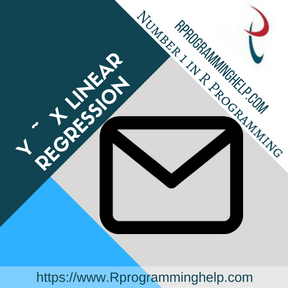
If errors are not normally and identically distributed, then a randomization test should be used. Analysis of variance is often the preferred approach, although one can also use a t-test to test whether the slope is significantly different from zero. Providing errors are normally and identically distributed, a parametric test can be used. There are several ways the significance of a regression can be tested. a is the estimate of the Y intercept (α ) (the value of Y where X=0).n is the number of bivariate observations.X and Y are the individual observations,.b is the estimate of the slope coefficient (β ),.The parameters of the regression model are estimated from the data using ordinary least squares. Errors on the response variable are assumed to be independent and identically and normally distributed. If there is substantial measurement error on X, and the values of the estimated parameters are of interest, then errors-in-variables regression should be used. The model is still valid if X is random (as is more commonly the case), but only if X is measured without error. In the traditional regression model, values of X-variable are assumed to be fixed by the experimenter.

Where β 0 is the y intercept, β 1 is the slope of the line, and ε is a random error term. Where α is the y intercept (the value of Y where X = 0), β is the slope of the line, and ε is a random error term. This is in contrast to correlation where there is no distinction between Y and X in terms of which is an explanatory variable and which a In classical (or asymmetric ) regression one variable (Y) is called the response or dependent variable, and the other (X) is called the explanatory or independent variable. Simple linear regression provides a means to model a straight line relationship between two variables.


 0 kommentar(er)
0 kommentar(er)
